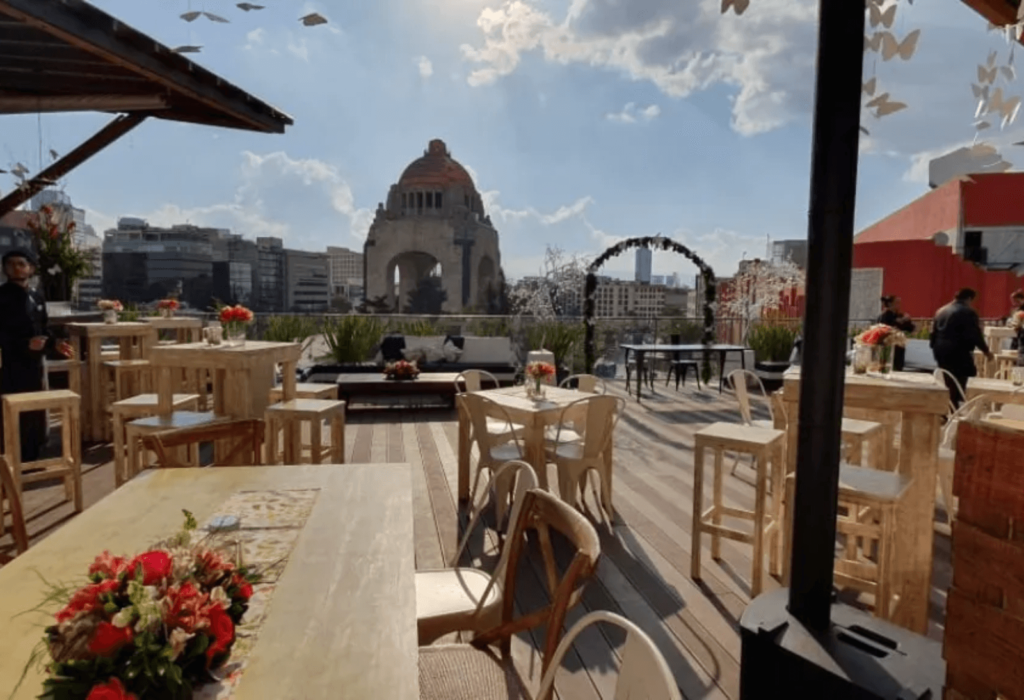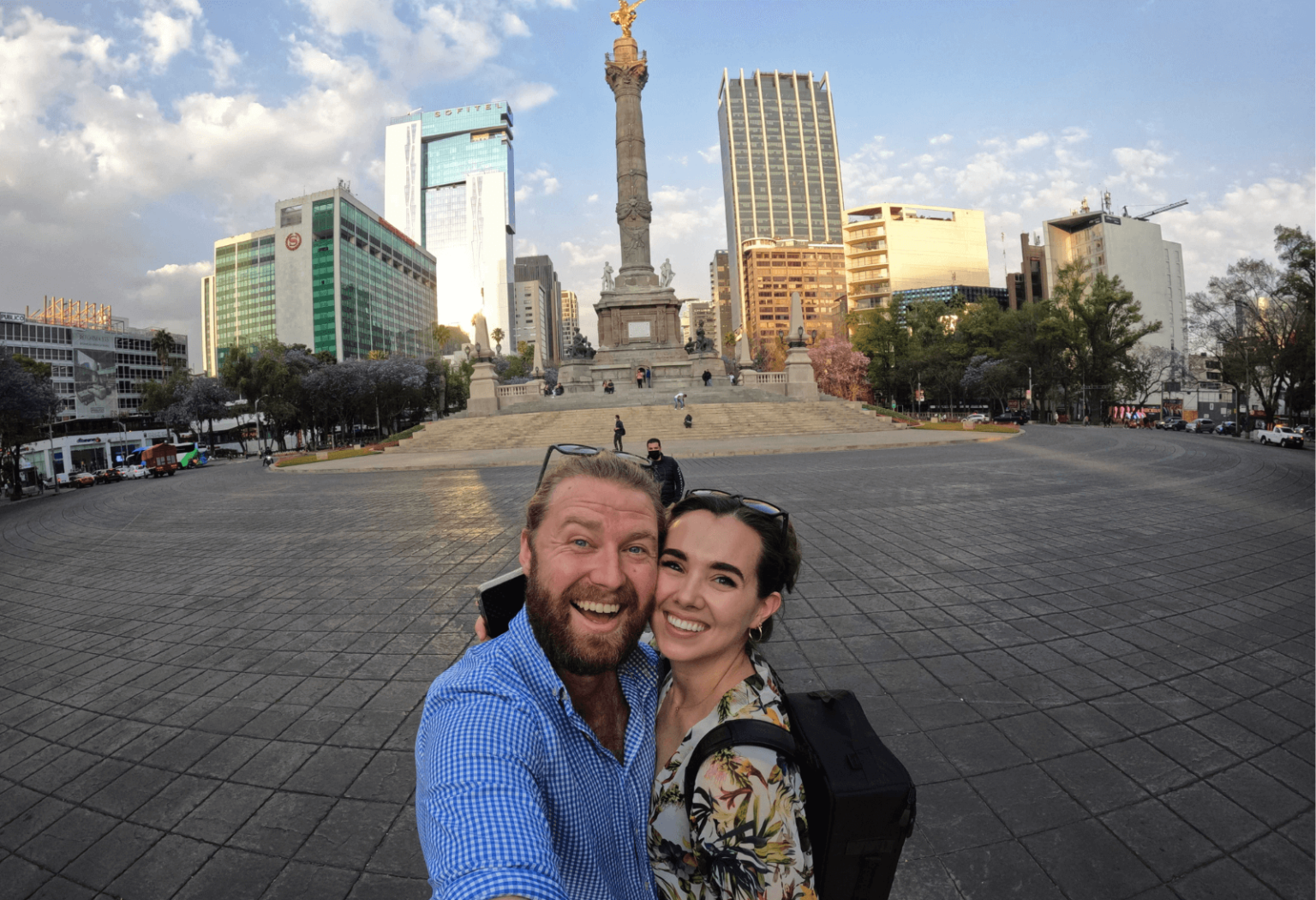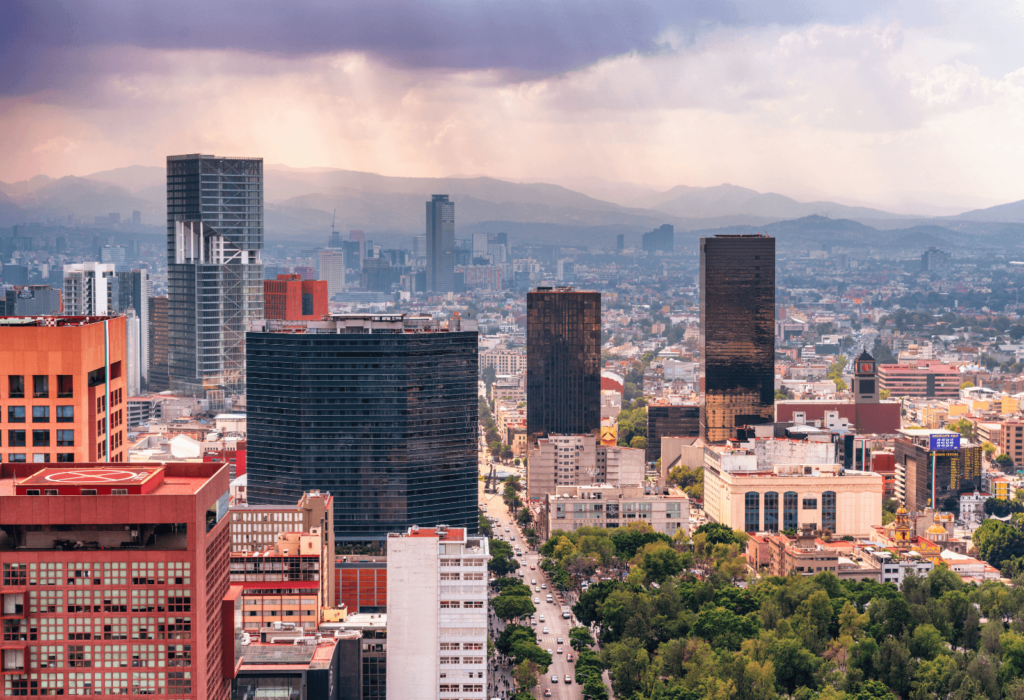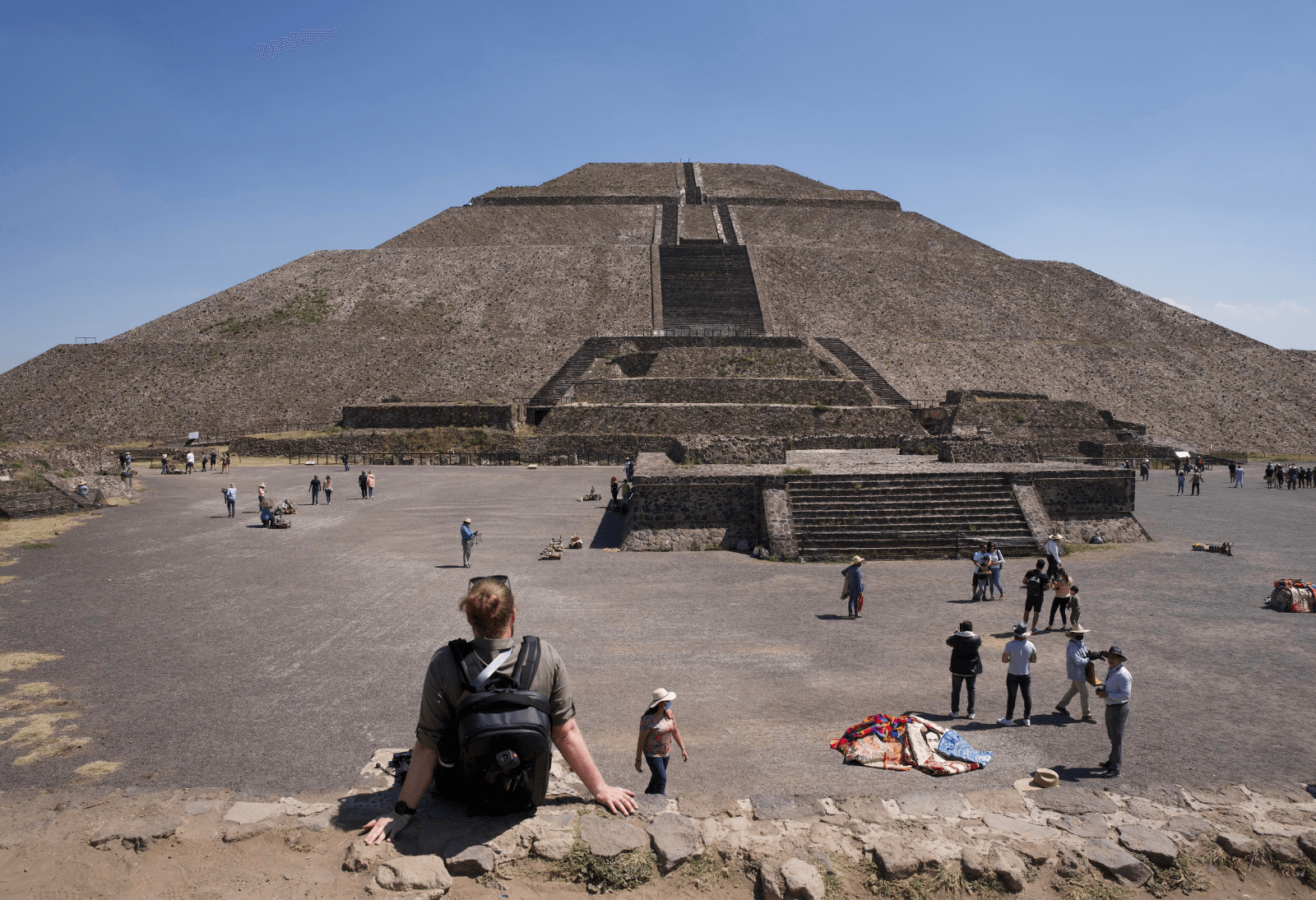There was a time when Mexico City was frequently overlooked. Branded unsafe and with little to offer anyone barring the most intrepid traveler, American tourists focussed their attention away from the capital to the coast, where resort towns offer a luxurious vacation – but little in the way of Mexican culture.
Thankfully, times have changed, and CDMX is at the forefront of a growing interest in Mexican travel. Its popularity and proximity to the US have more recently seen it transform into a hub for digital nomads for myriad reasons. I was lucky enough to experience the lifestyle earlier this year, spending six weeks in the heart of the city.
Here are the things I loved the most about working remotely from CDMX.
Internet speeds are strong and stable

Spotty wifi was never a problem for me in Mexico City. While some cities in the world are still wrestling with the technicalities of high-speed and consistent internet, CDMX has cracked it. Whether in my rented apartment or a little cafe, I was always connected.
I took meetings from my living room, in co-working spots, and in a hostel with zero issues thanks to internet speeds that regularly exceeded 200 Mbps.
There are loads of co-working spaces

You can tell how popular a city is for digital nomads by its abundance or lack of co-working spaces. Mexico City’s hip areas like Condesa, Roma Norte, and Polanco are packed with work hubs, ranging from tried and trusty spots like Impact Hub to more spectacular options like Homework (seriously, check this place out).
If co-working spaces aren’t your speed (honestly, they’re rarely mine), you’re spoilt for choice regarding well-equipped cafes. It feels like there’s a spot on every corner vying for your attention, so shop around, find your favorite cuppa, and get settled into your workflow.
Kindred Spirits

While it’s a huge advantage to work remotely, the social aspect of a physical workplace is one of the major cons to the lifestyle. It’s easy to have a busy work week and realize you haven’t had a real conversation in days.
But CDMX is filled with people who share the same sentiment. As a major hub for remote workers, there’s always an event to attend, sports teams to join, or even just a bar to grab a drink with some like-minded souls. I made multiple new pals in the city, several of which turned into lasting friendships. Some were remote workers; some were local. But I was never lonely.
The atmosphere

Working remotely comes with a long list of benefits; freedom and lower living costs ranked highly among them. But the simplest pleasure of digital nomadism is finishing a day’s work and stepping out into a unique atmosphere far different from the one you’d find at home.
When you close your laptop for the evening in the Mexican capital, you’re gifted with one of the world’s great cities. An eclectic food scene means Monday night dinner could be a sumptuous handful of tacos; Tuesday morning’s run might take you past an ancient Aztec ruin; a Thursday evening beer could lead to a night at Lucha Libre.
Every day can be something to remember in Mexico City, and that is inimitable.
The cost of living

There’s no getting around the simple math. Despite rising prices, the cost of living in Mexico City is far lower than any comparably sized city in the US or Europe. While there are ways to blow through money at an alarming rate, common sense can see your money go much further, leaving you with a substantial savings deposit and an incredibly comfortable lifestyle.
What makes CDMX more appealing is that there is very little in the way of compromises to make for that value. The dollar may go further in other destinations, but Mexico City leaves American and European workers wanting for little or nothing from their hometowns. Supermarkets are similarly stocked, and independent stores boast specialized items ensuring that all needs are met.
The six-month visa-free stay

The bane of any digital nomad’s lifestyle is immigration navigation. More and more countries have added entry visas, but most require some kind of prerequisite conditions. Mexico, on the other hand, allows visitors to stay for 180 days – unconditionally.
The lax rules were part of the reason for Mexico City’s popularity boom. While it may change in the future, a six-month stay is still a breath of fresh air most remote workers crave.
The downside
There’s no arguing that Mexico City is a spectacular destination for remote workers. But, like many of these hubs, digital nomadism comes with a cost. The past year has seen the region’s popularity soar thanks to all the reasons mentioned above.
But with an influx of wealthier inhabitants comes soaring living costs. Locals are being priced out of neighborhoods their families have called home for generations, while others have left the city altogether. There is some anti-remote worker sentiment simmering within the local community. The financial gains for the city are blatant, and it’s unlikely government would risk losing the income. So it’s left to those choosing to move there what their impact is.
It’s a tricky balancing act for those choosing the lifestyle. If the prime benefit is a lower cost of living, why not take advantage? But if that same decision negatively impacts locals, is it time to bite the bullet and focus on the other lifestyle gains available in wealthier cities where our presence isn’t as deeply felt?









 by your friends at The Daily Navigator
by your friends at The Daily Navigator



